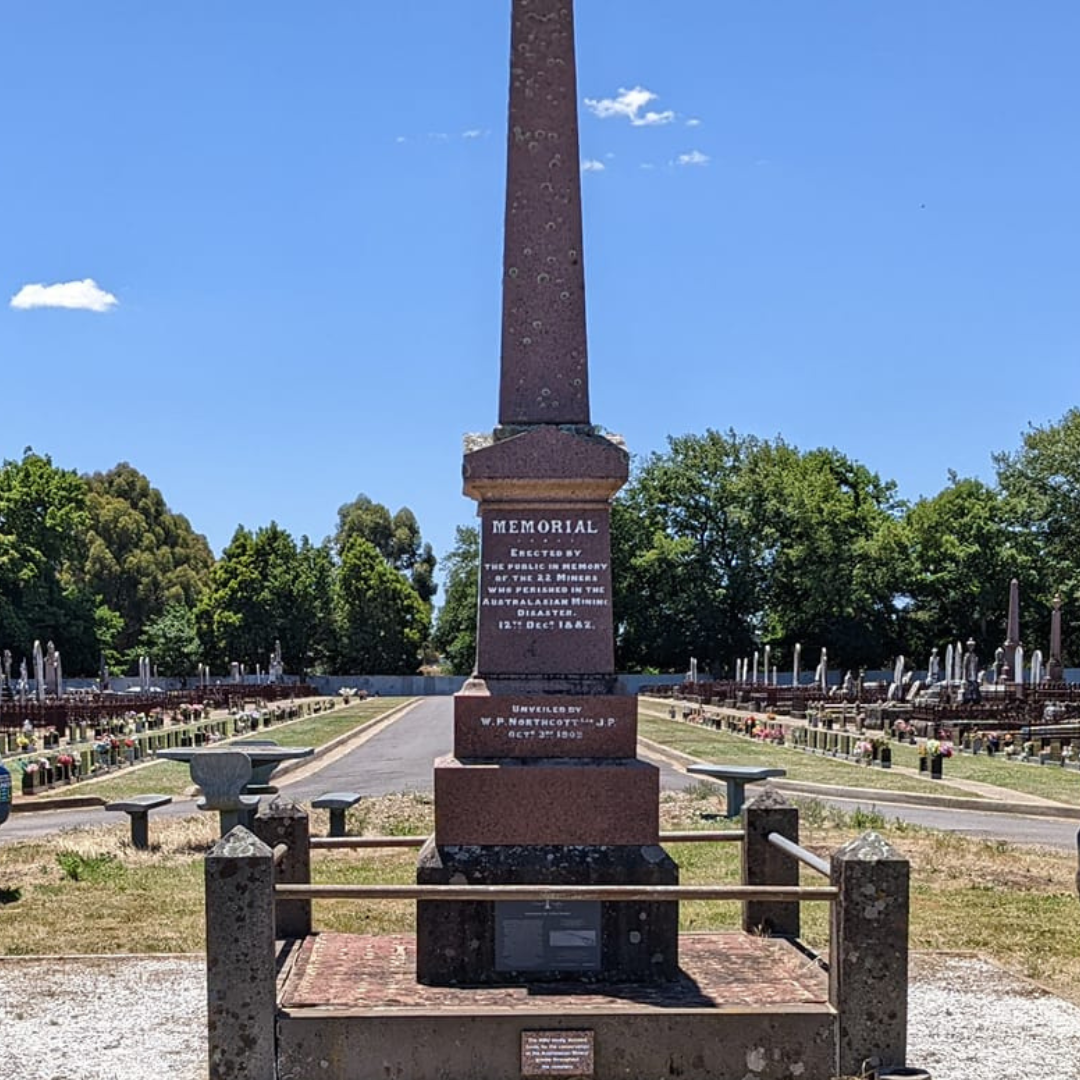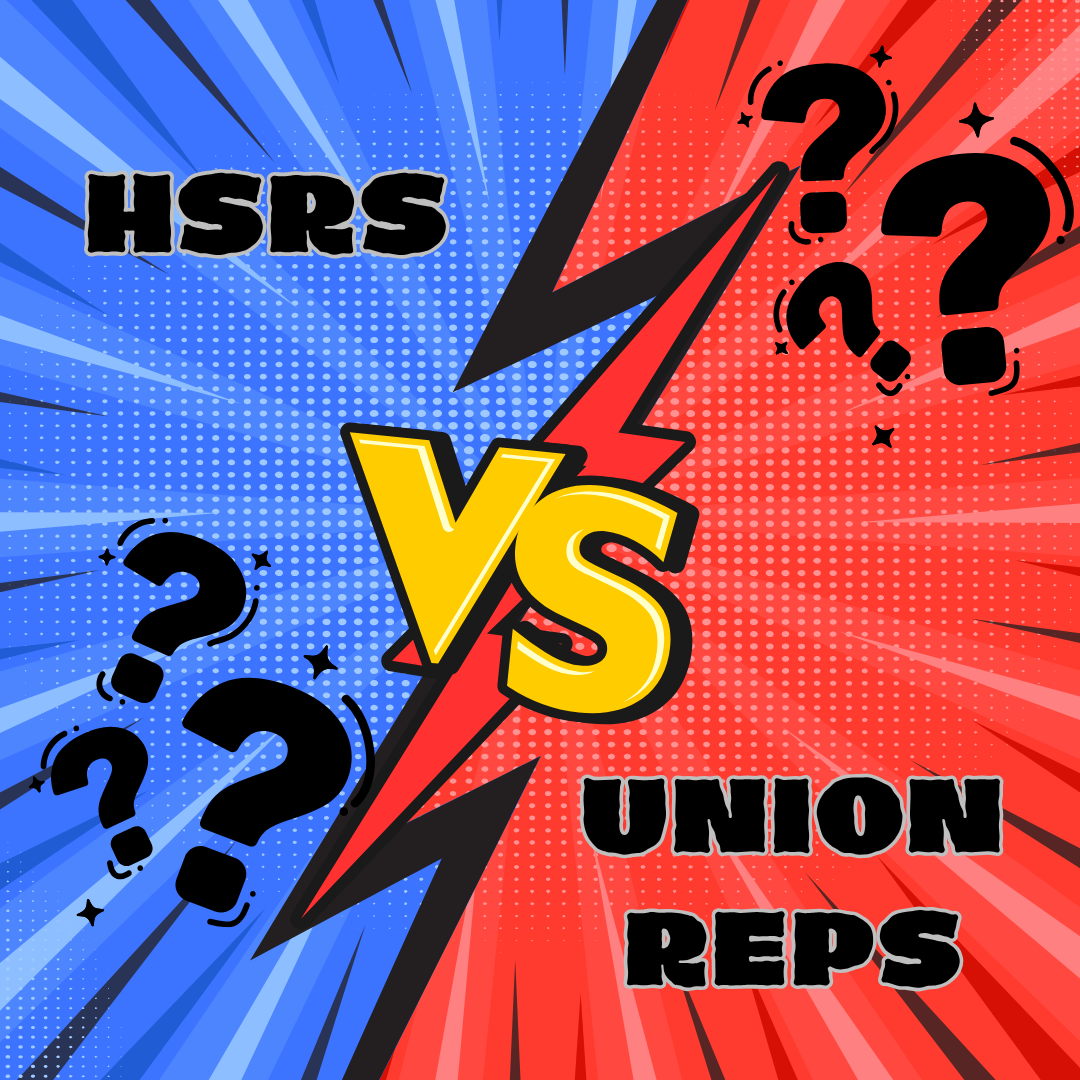OHS Prosecution on Pure Risk
The Victorian Occupational Health and Safety Act 2004 is primarily a risk-based law. That is, it requires the prevention of harm.
The objects of the Act require that health and safety be secured and that risks to health and safety be eliminated at the source, with the highest level of protection against risks being provided. The employer is legally required to eliminate (as far as reasonably practicable) any risk to health and safety. It follows that the majority of offences under the Act are indeed risk-based offences.
This means that a prosecution can occur whether or not the risk has resulted in death or injury. It is enough to have simply exposed a person to the risk of harm.
The argument for this is that the OHS Act aims to prevent injury, disease and death at work.
So why do we see many prosecutions occurring after the harm has in fact materialised into an injury or death?
Perhaps it is due to a public expectation that these horrific incidents should result in some punishment of those responsible?
Perhaps it is that the ultimate evidence of the safety failure is now present – providing a compelling argument as to the egregious nature of the risk that was posed by the breach?
Perhaps there is motivation to provide general deterrence as a result of these tragic events?
It is important to note that the death or injury does not form part of the offence in these prosecutions, rather it forms part of the evidence.
But, we do see pure risk prosecutions.
The regulator can and does charge on the basis of risk only, before the safety failure has resulted in harm to anyone. This is the ultimate outcome – to prevent.
Prosecuting on the basis of risk may be for the purpose of primary prevention, or as the ultimate escalation in a hierarchy of sanctions. It may serve as specific deterrence, to effect change in an individual’s or company’s behaviour. General deterrence is often seen as very important – reinforcing to all duty holders that they are required by law to take a pro-active approach to safety.
Here are a few examples of cases of pure-risk prosecutions:
$7.5K FINE IN PURE RISK FALLS CASE - OHS Reps
$25K FINE IN AHWAZ ROOFING PURE RISK CASE - OHS Reps
CONSTRUCTION COMPANY FINED $12K IN ‘PURE RISK’ PROSECUTION - OHS Reps
The following Melbourne Law School presentation also makes for some interesting reading on this topic: CELRL-Seminar-21-May.pdf
Proceeding to prosecution on the basis of risk represents an alignment between prosecution strategies and the principles of the OHS Act. Certainly, it serves as a reminder that duty holders have a legal requirement to provide the highest level of protection and to prevent harm in the workplace.




